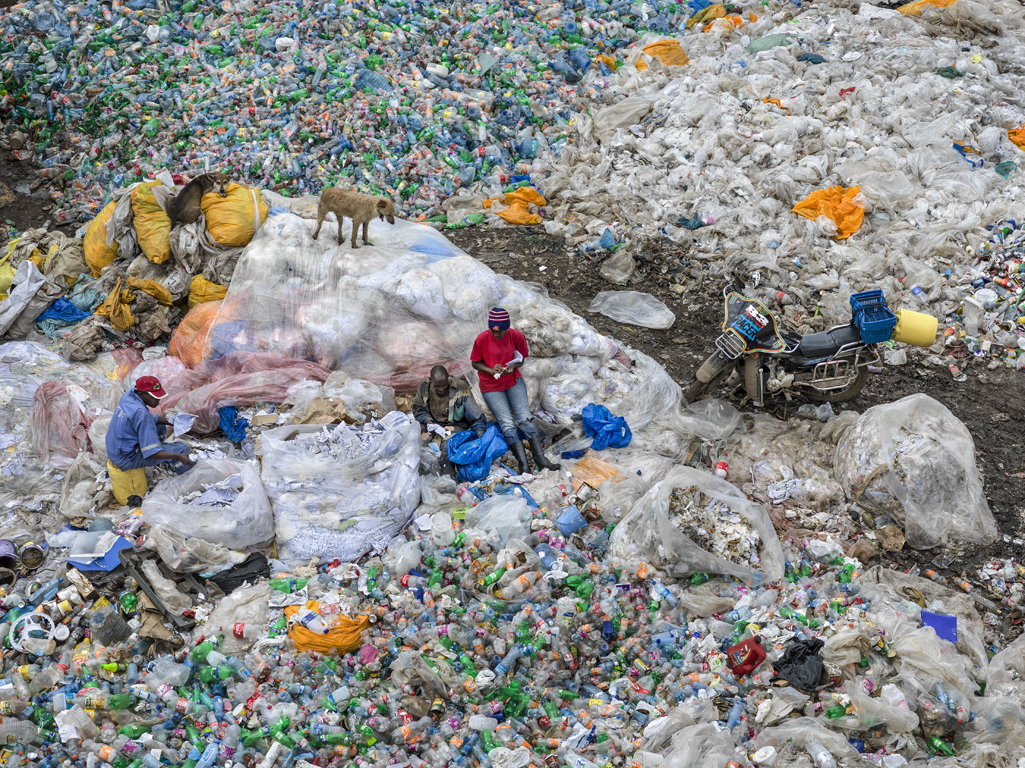Here is a mood board I created on how I see Anthropocene through images. This demonstrates what I think are the biggest contributors, effects and components of this topic. I included explosions, ice, fossils, buildings, humans helping out, waste dump sites and oil spills.




The word Anthropocene describes a geological period of time, where human activity has actively began to create a negative impact on the environment.
Different causes of Anthropocene consist of:
- Agriculture
- Urbanisation
- Deforestation
- Pollution
Anthropocene has been huge contributor to the development of Earth that an organisation named The International Commission on Stratigraphy is in need of identifying the ‘Golden Spike’ which would be a direct point in fossil records where the transition from Holocene from the Anthropocene can be located. It is said that this direct shift will have to be so significant that it would be detectable in rock layers thousands or millions of years into the future.


Some believe that Anthropocene began in the 1800s, which was a huge period of time for human activity to affect the planet. These large-scale productions that took place, were due to the making/growth of mines, factories and mills. However, some also say that it began earlier, during the period where farming and agriculture dominated the land. In the 1950’s, nuclear weapons cast radioactive elements across Earth. The debris and remains from these weapons, made its way and was absorbed into rocks, trees and the atmosphere. This absorbance would be a direct indicator of when the ‘Golden Spike’ took place.
The long-term shifts in temperatures and weather patterns of climate change results in a difference in that snow and rainfall patterns, it also affects average temperatures increase and extreme weather events such as heat waves or floods to occur more frequently.
Biodiversity.
Biological Diversity is a word to describe the the variety of life on Earth, this range varies from humans to small organisms. People on Earth need biodiversity to live, this means that all different elements in the large natural system, enables everyone to survive. Nature also plays an important part as components such as fresh air, clean water and animals and plants around us for breathing and food. However, throughout Earth, biodiversity is struggling, extinction and deforestation, are resulting in the world facing a dangerous future and even things like species becoming extinct can be fatal. Biodiversity loss is predominately down to human activity, and interrupting of the balance of biodiversity with the take over of farms, factories, roads, cities, buildings and homes are replacing natural habitats.





Anthropocene definition according to The United Nations of Photography- The Anthropocene is a proposed geological epoch dating from the commencement of significant human impact on Earth’s geology and ecosystems, including, but not limited to, anthropogenic climate change.
Mitch Epstein.
Mitch Epstein is an American photographer who approaches his subjects with a subtle and contemplative approach to photography which questions what it means to be American. He has been photographing since the 70s and 80s.





American Power (2003–2007)
investigate specific places. Epstein’s project American Power (2003–2007), critically documents society’s relationship to the industrial landscape. “I would say the culture of the built environment is always something that has engaged my attention.”
I fid Mitch Epstein’s work particularly interesting because he photographs meaningful pictures which captivate the audience and displays the world within the industrial landscape and how the world is changing. This is very meaningful and shows a true perspective on the world and how it change and continues to change due to human’s contribution to the world.
